After the COVID-19 pandemic in the first half of 2021, the auto industry ushered in the traditional peak season of “Golden September and Silver October”. The 2021 Chengdu Auto Show, which opened on August 29th, set the tone for the next four months of the peak car market.
At this year’s Chengdu Auto Show, various companies showcased their layouts for small and medium-sized new energy vehicles in an attempt to open up the market in the 100,000 to 200,000 yuan price range. This price range is the main purchasing interval for Chinese passenger cars, making it a very important market for automakers. However, compared to the sales of electric passenger cars with a price below 50,000 yuan and B-class pure electric cars with a price of 250,000 to 350,000 yuan, the sales of this type of vehicle only account for a small portion in the nearly one million pure electric passenger cars sold in 2021, without receiving effective sales breakthroughs.
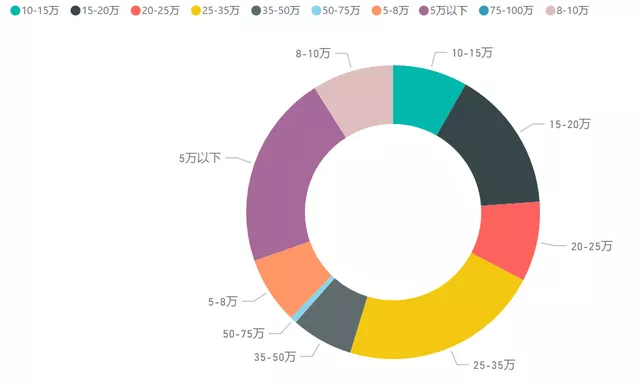
This article mainly focuses on three small and medium-sized cars exhibited during the 2021 Chengdu Auto Show, namely, the Dolphin from BYD, the ID.3 from Volkswagen, and the P5 from XPeng, to examine the breakthroughs in the A-class field. These models are cars with a wheelbase of 2700 to 2768mm, which also represent the main models for sale in the coming months.
Table 1 Pictures of some new energy vehicle models exhibited at the Chengdu Auto Show
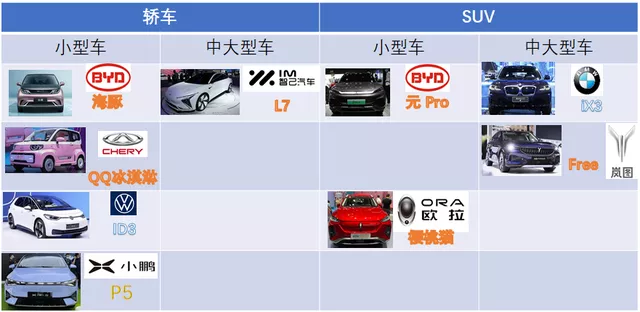
Table 2 Comparison of parameters of three pure electric small cars exhibited at the Chengdu Auto Show

(1) Dolphin
This car is the first model on the BYD E3.0 platform, positioned at a price range of 93,800 to 121,800 yuan, and targeting urban youth. Its cute and compact body, good internal space, and adorable appearance all cater to that target customer group.
As an A0-level sedan, the Dolphin adopts 30.7 kWh and 44.9 kWh battery configurations, providing two types of range, 301 kilometers and 405 kilometers, respectively. The top configuration is 130 kW output power, while the standard configuration is 70 kW.From a technical point of view, BYD achieved the first deployment of the e3.0 platform on the Dolphin model. The most prominent feature of this system is the innovation of a single system to a multi-system integrated design. Its driving system implements an “8-in-1” electric drive system: mainly including integrated drive motor, reducer, drive motor controller, PDU (high voltage distribution box), DC-DC (high and low voltage direct current converter), Bi-OBC (bidirectional on-board charger), VCU (vehicle control unit), and BMS (battery management system). It integrates the entire set of batteries, motors and control systems together, and also integrates a dedicated heat pump electric air conditioning and battery integrated heat management system. Through such a high degree of integration, it greatly reduces space occupancy and avoids intermediate transmission losses, reducing the vehicle’s power consumption to a minimum. Equipped with a blade battery system, the power consumption of this car is expected to be around 10.3kWh.
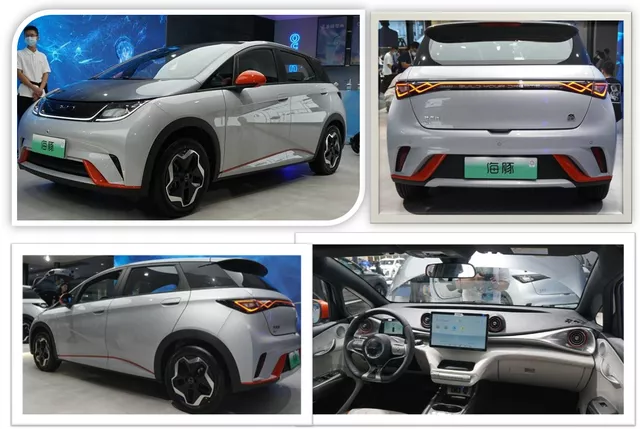
(2) XPeng P5
XPeng Motors officially announced at the 2021 Chengdu Auto Show that XPeng P5 will be officially available for sale on September 15th and will start delivery at the end of October.
This model offers six models: 460G, 460E, 550G, 550E, 550P, and 600P, with pre-sale prices ranging from 1.6 million to 2.3 million yuan after subsidies. P5 is positioned as a compact pure electric sedan, and its main selling point is intelligence. In Q2 data, the consumer version configurations of P7 are as follows: 3% for no options selected, 72% for XPILOT 2.5X, and 25% for XPILOT 3.0 (an increase of 5% from Q1 to Q2). From the change in this proportion, it can be understood that most consumers think that the cost of configuring XP3.0 requires 10,000 for hardware and 20,000 for software, which is still a bit high, but the acceptance rate is slowly increasing. For example, XPeng P5, which emphasizes more intelligence and achieving city NGP, more than 70% of the first batch of orders (5,000 vehicles) chose the configuration of dual-laser radar.
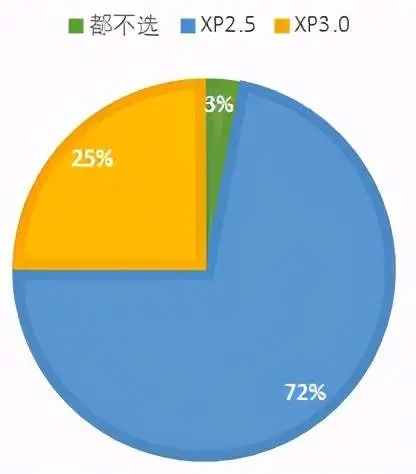 From XPeng’s strategy, the main selling points are the installation of LIDAR, automatic assisted driving, and intelligent interactive cabin. XPeng P5 will be equipped with the latest XPILOT 3.5 automatic driving aid system, which can gradually cover urban road scenes (urban NGP) in the future, including more complex road conditions, red lights, pedestrians, and so on. The XPeng P5 and XPeng P7 share many hardware components, including 5 millimeter wave radars, 12 ultrasonic radars, 13 high-definition cameras, 1 high-precision positioning unit, and 2 LIDARs exclusive to the P5.
From XPeng’s strategy, the main selling points are the installation of LIDAR, automatic assisted driving, and intelligent interactive cabin. XPeng P5 will be equipped with the latest XPILOT 3.5 automatic driving aid system, which can gradually cover urban road scenes (urban NGP) in the future, including more complex road conditions, red lights, pedestrians, and so on. The XPeng P5 and XPeng P7 share many hardware components, including 5 millimeter wave radars, 12 ultrasonic radars, 13 high-definition cameras, 1 high-precision positioning unit, and 2 LIDARs exclusive to the P5.
In terms of power, XPeng P5 shares the same platform as G3, equipped with a permanent magnet synchronous motor with a maximum power of 155kW, slightly higher than G3. The X-HP intelligent heat management system is equipped with efficient and energy-saving heat pump air conditioning, which achieves a super wide temperature range of -30℃ to 55℃, improving the endurance performance in low-temperature environments in winter. In terms of endurance mileage, there are three versions of P5 to choose from, including models with battery capacity of 55.9kWh (phosphate lithium battery) with an NEDC range of 460km, 66.2kWh (ternary lithium battery) with an NEDC range of 550km, and 71.4kWh (ternary lithium battery) with an NEDC range of 600km.
(3) ID.3
Volkswagen has always had a good reputation in China’s passenger car market, but in the new energy vehicle market, the ID family has encountered some challenges. The ID.3, as a car that sells well in overseas markets, was first introduced in China at the Chengdu Auto Show. It remains to be seen whether this model can help Volkswagen regain a foothold in China’s new energy vehicle market.
The ID.3 is based on Volkswagen’s MEB platform, which is a Modular Electrification Toolkit system, marking Volkswagen’s first centralized and systematic attempt at a pure electric vehicle from the modular traditional car platform MQB. The MEB platform is specifically designed for new energy power systems, and can achieve high replication in R&D design and supply chain, thereby incubating ID.3, ID.4, and ID.6.The biggest problem encountered by Volkswagen’s MEB platform is that its overall design is not fully benchmarked against the global trend of rapid iteration in electric car design, compared to its MQB platform. As shown in the figure below, MEB has many exclusive features that are certainly better than MQB’s gasoline-to-electric models, but the advantages of these features cannot be fully utilized for purely electric models in China’s highly competitive market or for highly forward-thinking models such as Model 3 and Model Y. This is also one of the reasons why the ID family is not as popular in China as new carmakers.
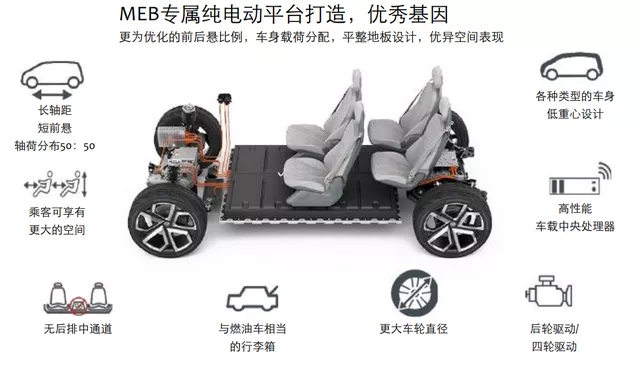
However, the advantages of the ID.3 are as follows: first, the MEB platform optimized for pure electric has improved the overall vehicle layout, thereby bringing a larger interior space; second, it shares the ID family’s intelligent cockpit, electronic architecture, and other features, such as the AR-HUD- augmented reality head-up display function, which indeed creates a sense of technology; thirdly, as a small and medium-sized car, the ID.3 has successfully avoided the characteristics of the 125kW power output of Volkswagen’s MEB platform’s rear-wheel drive single motor being too small, and its acceleration is still quite impressive. These are all cost-effective features of the ID.3 when facing young consumers.
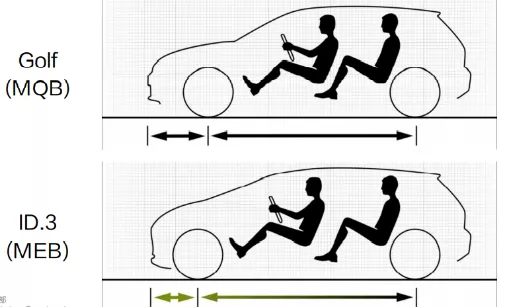
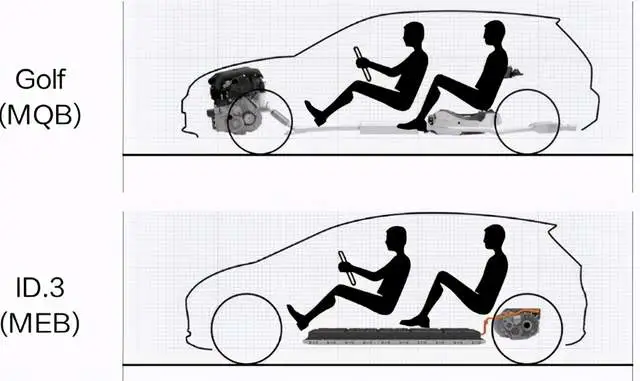
In summary, these small electric cars at the Chengdu Auto Show may shine in the next few months after 2021 and in 2022. Personally, I believe that if sales of models in the 100,000 to 150,000 RMB and 150,000 to 200,000 RMB price range break through, it will bring a greater penetration of electric cars in China.
This article is a translation by ChatGPT of a Chinese report from 42HOW. If you have any questions about it, please email bd@42how.com.